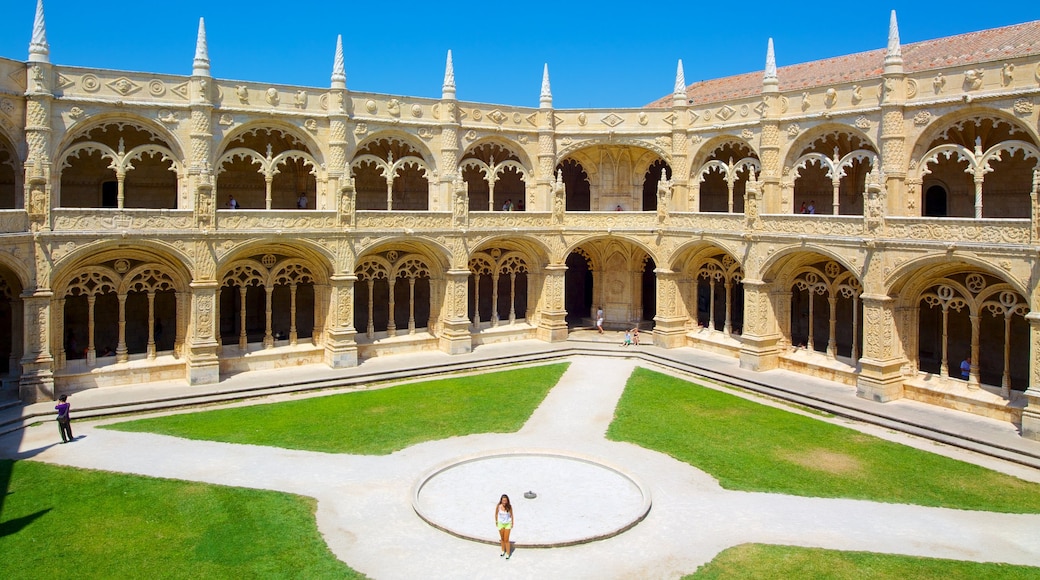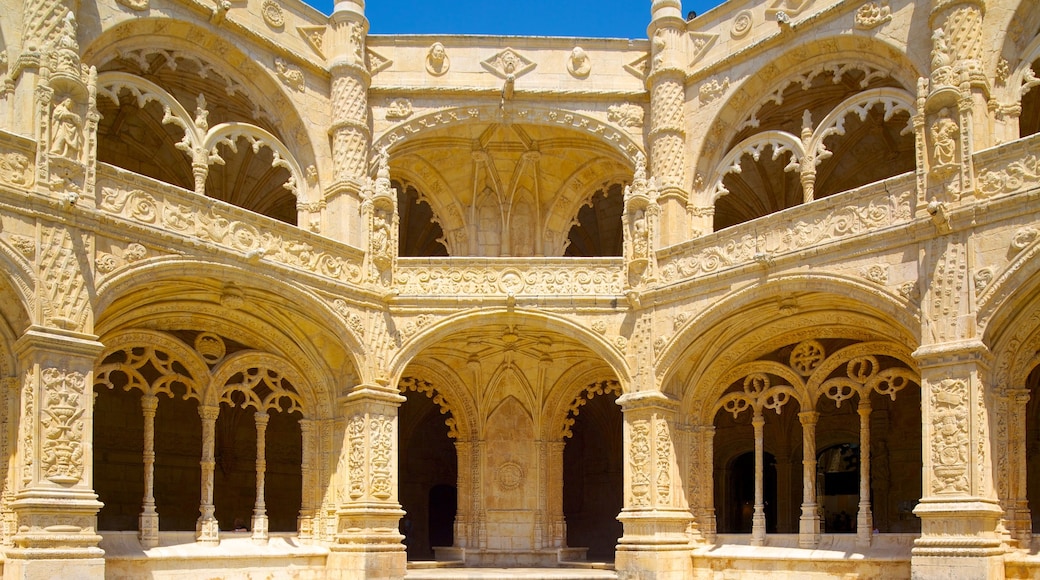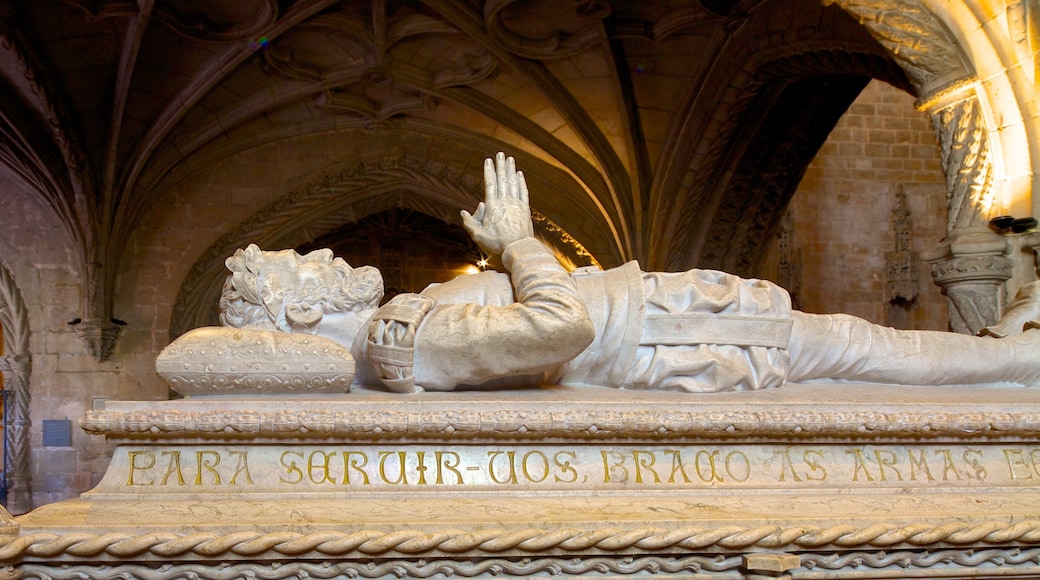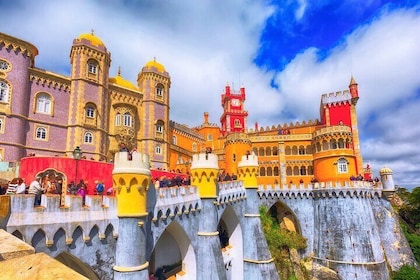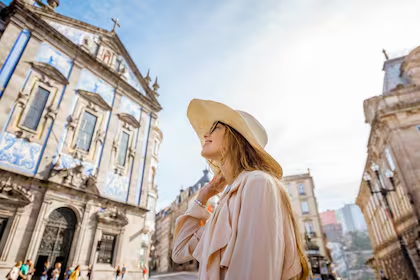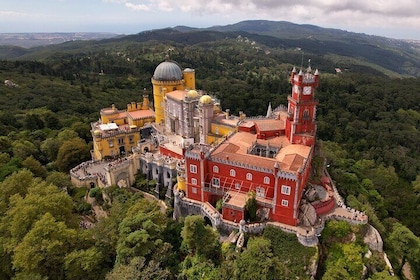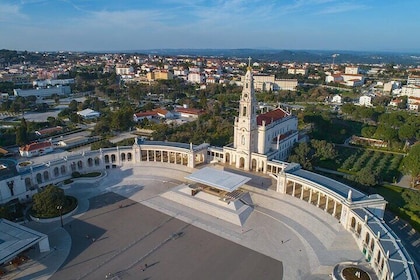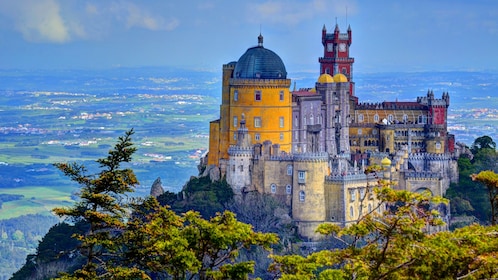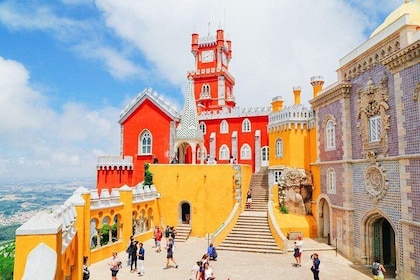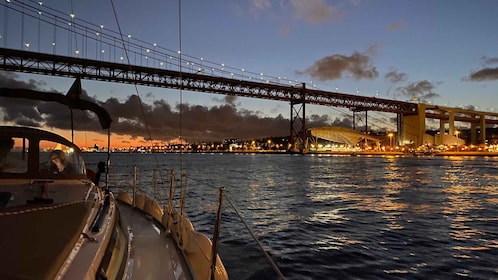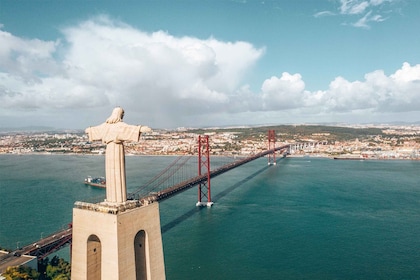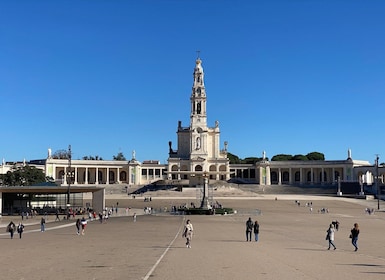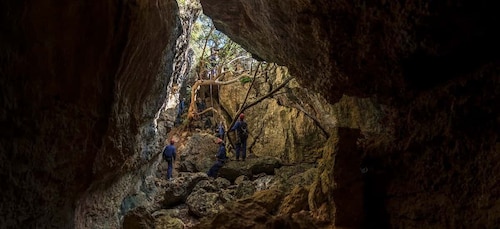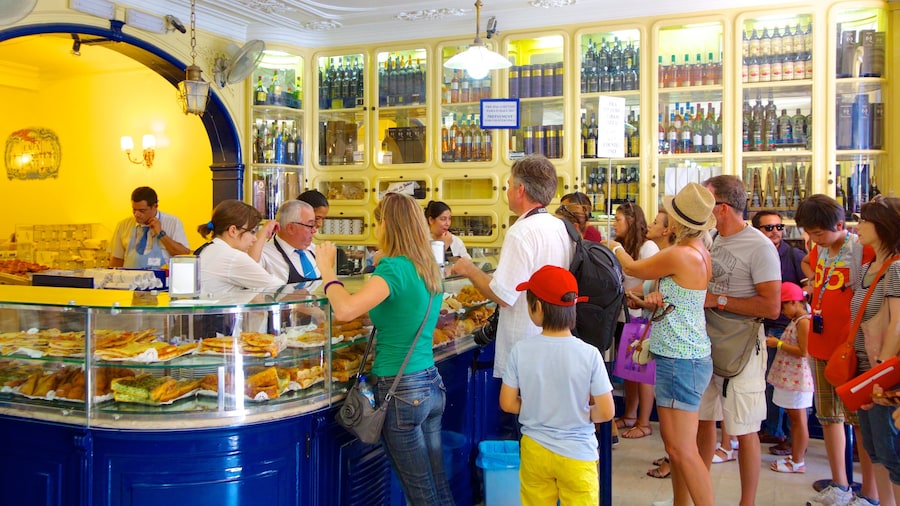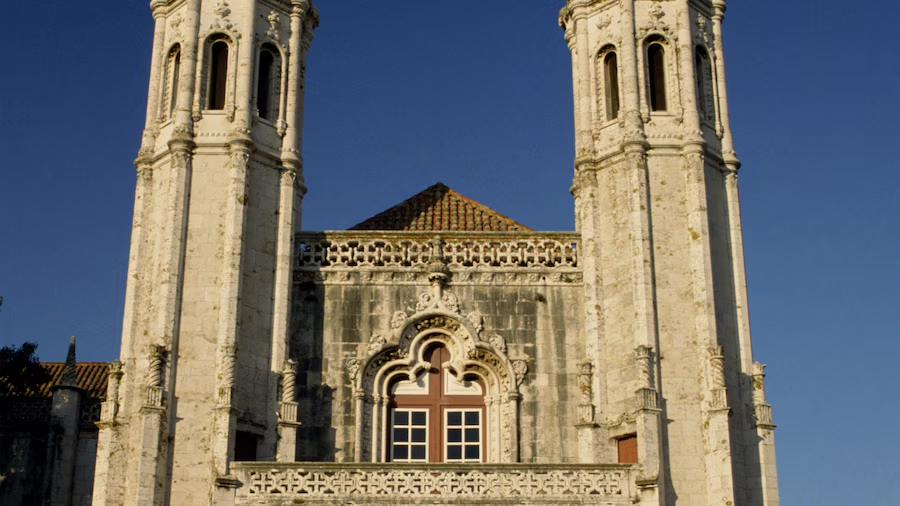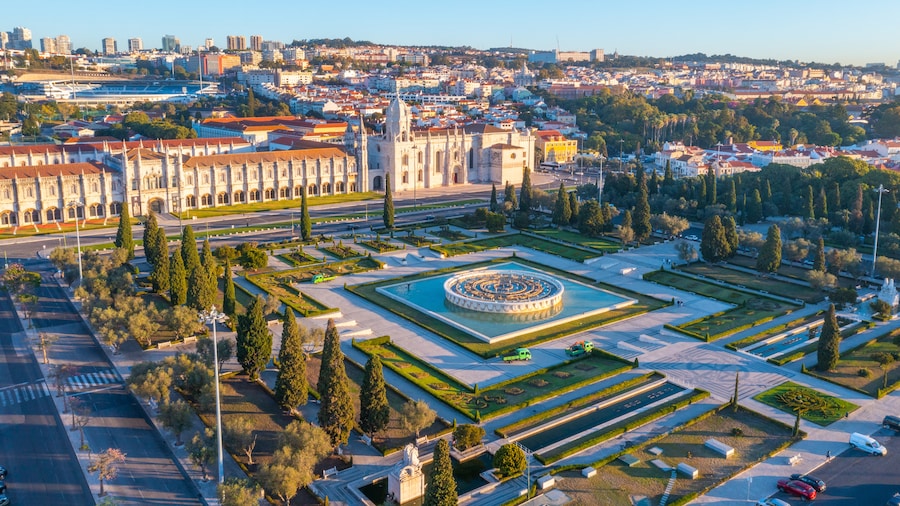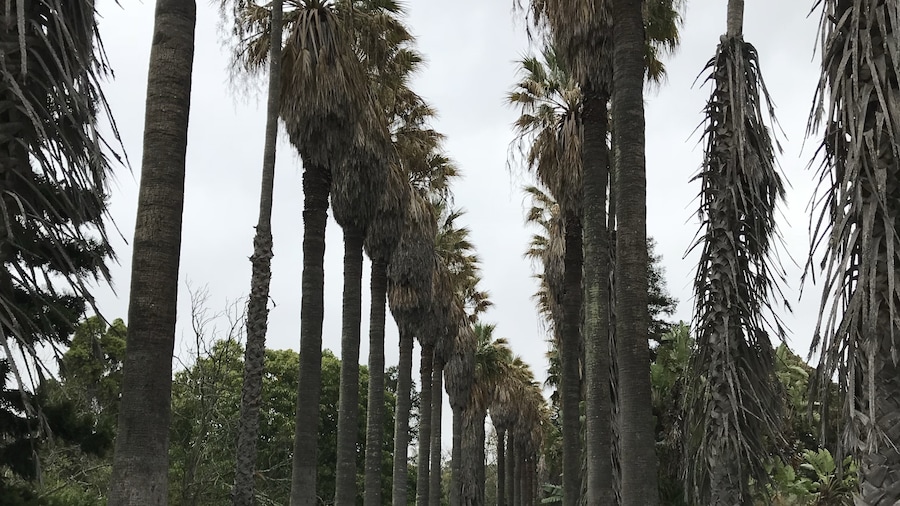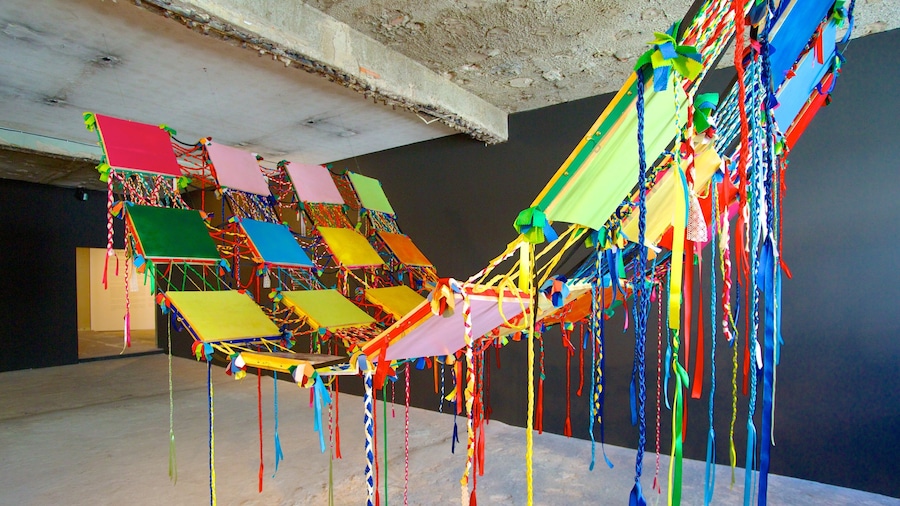See where monks once worshipped at this beautifully decorated monastery and where Lisbon’s famous custard-filled pastry is said to have been invented.
The Jeronimos Monastery is an impressive monument with ornate façades and pointed spirals. The architecture is typical of the Portuguese late-gothic style and has Renaissance influences. The austere Hieronymite monks once worshipped here and prayed for the safety of Lisbon’s explorers.
Wander through the interior of the monastery and admire the columns. Each column has been carved with sea motifs such as coils of rope, sea monsters and coral. You can’t miss the statue of Henry the Navigator, a 15th-century prince, which stands at the front doors. At the entrance to the former refectory, take the time to admire the decorations depicting the biblical story of Joseph.
The monastery was built to commemorate the successful journey to India by the famous Portuguese explorer, Vasco da Gama. It stands where he and his crew spent their last night in Portugal before embarking on the voyage and his tomb is inside the entrance.
The monastery is a huge square cloister measuring 55 feet by 55 feet (180.4 by 180.4 meters). There are several side porticos to this massive church that are worth exploring. The cavernous two-story south portal is 105 feet (32 meters) high and 39.4 feet (12 meters) wide. The structure was designed by Diogo de Boitaca and João de Castilho, who are recognized as among Portugal’s greatest architects. The highly detailed features include gables and pinnacles with carved figures.
The main portal shows a transition from gothic to Renaissance style. French sculptor Nicolau Chanterene designed statues including the kneeling Queen Maria of Aragon and King Manuel under a lavishly decorated canopy. He flanked the carvings of the royal couple with their patron saints, St. Jerome and John the Baptist and then decorated the surrounding niches with holy scenes.
The Jeronimos Monastery is located in historic Belem district. It’s accessible by public transportation and close to other tourist attractions. There’s a small fee to enter. The monastery is closed on Mondays.
